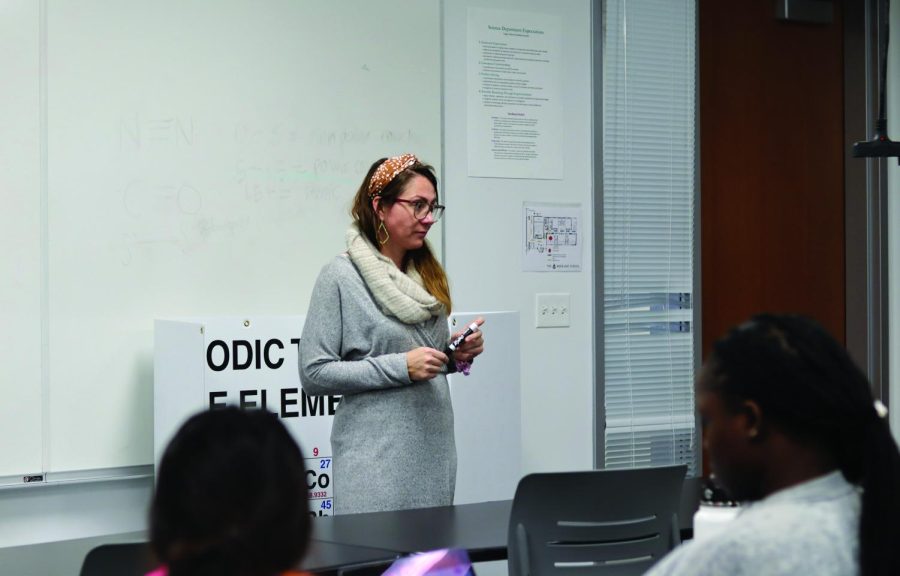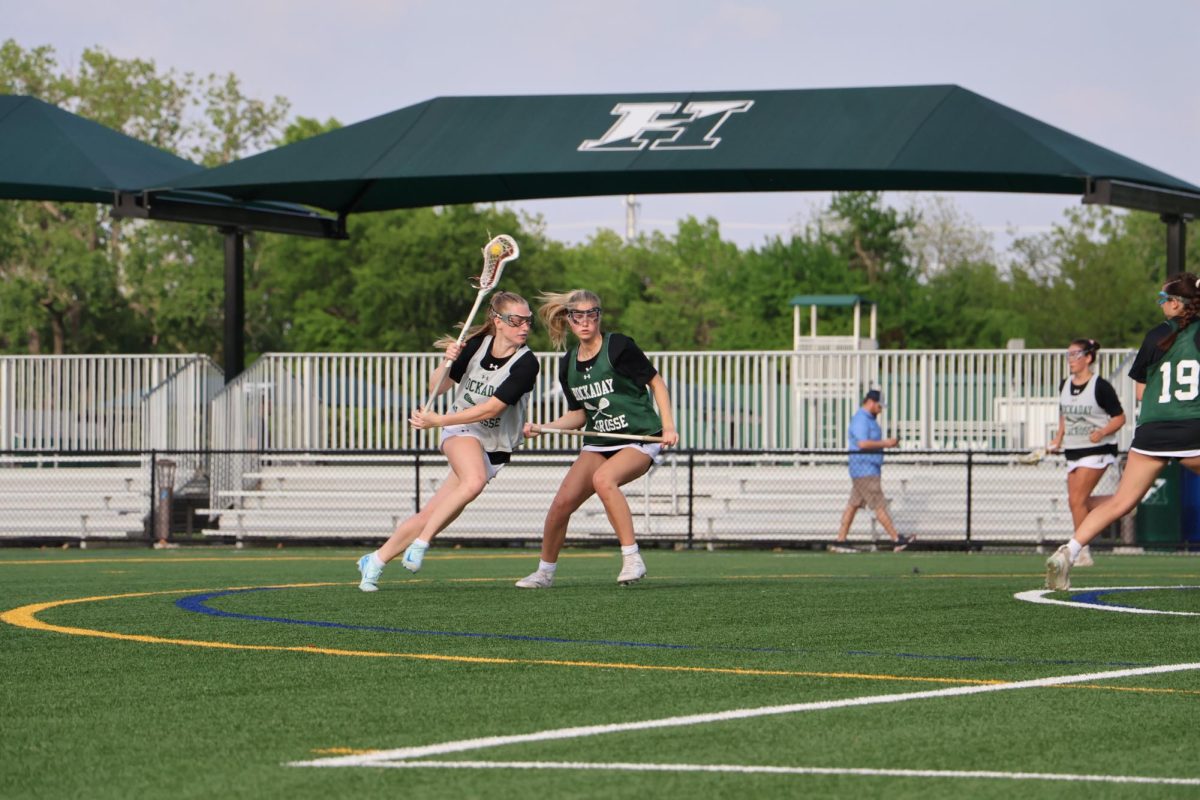Informed about infectious diseases
Senior seminar studies origins, development
January 28, 2023
While examining global diseases, Infectious Diseases Epidemiology students analyze outbreaks and pandemics like COVID-19 through case studies, projects and discussion-based lessons, applying their knowledge to real-world situations.
Upper School Dean of Studies Dr. Barbara Fishel originally introduced the course to Upper School as Microbiology & Public Health. Students used case studies to explore how non-hereditary diseases develop and learned about origins of different diseases, specifically those in Asia, Africa and Latin America.
Last year, Upper School Science teacher Carol Taylor began teaching the class. This year, Taylor altered the content and changed its name to Infectious Diseases Epidemiology.
Centered around the background, basic principles and methods of epidemiology, the revised curriculum introduces students to the biological, behavioral and environmental factors associated with the etiology and distribution of infectious diseases.
“This course is designed to introduce students to the background, basic principles and methods of public health epidemiology,” Taylor said. “Students will also develop skills to read, interpret and evaluate health information from published epidemiologic studies.”
This year, Taylor is continuing to highlight COVID-19 in the class, teaching students how to analyze similar outbreaks and apply their knowledge of diseases to real-world situations. Through SPARS, an online Johns Hopkins simulation of a pandemic set in the years 2025-2028, students mimicked disease investigators, deciphered pathogens and studied the pandemic in question, noticing that it was a coronavirus even though the project was written years before the COVID-19 outbreak. Currently, the class is reading “COVID-19: The Pandemic that Never Should Have Happened and How to Stop the Next One” by Debora MacKenzie.
“Through both the SPARS project and the book, we’ve learned a lot about how COVID-19 came to be and what we can do to stop the next pandemic,” senior Josephine Ma said.
While discussing the causes of COVID-19, the class also studied the root causes of infectious diseases more broadly and traced some pathogens back to deforestation.
“When you cut down trees, and animals lose their habitats, those animals become sick and are more likely to develop pathogens,” Ma said. “When they create and harbor these pathogens, it’s more likely that these zoonotic diseases like COVID will be created and transmitted to humans as well.”
In class, students had the opportunity to choose an infectious disease that interested them and present it to the class.
“I did my project on COVID-19, so I was able to delve further into the disease,” Ma said. “It was really interesting to learn about the risk factors, mortality rates and which groups are the most susceptible.”
Besides the case studies and projects examining specific diseases and pathogens, Senior Princess Ogiemwonyi described the course as largely centered around statistics.
“I didn’t know stats played such a large part in infectious diseases and was surprised to find it was so math heavy,” Ogiemwonyi said.
Beyond case studies and projects, students had a guest speaker who is an infectious disease doctor who worked in Dallas during the pandemic.
“We heard from an epidemiologist earlier, and it was super interesting to hear about his journey into epidemiology,” Ogiemwonyi said. “I’m excited to see what other speakers will come in and what topics they will cover.”







